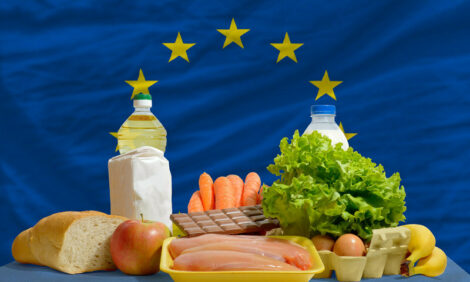



EU dairy sector continues struggle with disease, regulations
The milk price peaked in 2022, dropped in 2023Throughout the EU, the dairy sector is facing slim margins due to high input costs and relatively low milk prices, according to a recent US Department of Agriculture (USDA) Global Agricultural Information Network (GAIN) report.
The milk price peaked in 2022, dropped in 2023, after which it only partially recovered this year. At the same time, is the sector in Western Europe facing multiple production limiting factors related to restrictive environmental regulations and disease outbreaks.
In the Netherlands, the loss of the EU derogation to spread a surplus of manure on pastures prompted farmers to slaughter a part of their dairy cow herd. In Ireland, a reduction in applicability of the nitrate derogation has led to a cut in the beef herd in favour of maintaining the dairy herd.
Another factor is the outbreaks of the Bluetongue Virus (type BTV-3) in mainly Northwestern Europe (Northern France, the Netherlands, Belgium, Germany, and recently Denmark) and Epizootic Hemorrhagic Disease (EHD) in mainly Spain and France.
While the symptoms of BTV and EHD are commonly mild in dairy cows, infections often cause a temporarily drop in milk yield, fertility problems, and elevated mortality rates. This is in line with the relatively low calf / cow ratio and high loss ratio in 2023, and forecast in 2024 and 2025, compared to the level realised in 2022.
In addition to the factors above, wet conditions during the spring and early summer of 2024, forced farmers to keep their cattle indoors for a longer period, which negatively affected the local fodder production in Northwestern Europe. During 2024, the most significant reductions of the dairy cow herd are forecast in France, Germany, the Netherlands, and Belgium.



